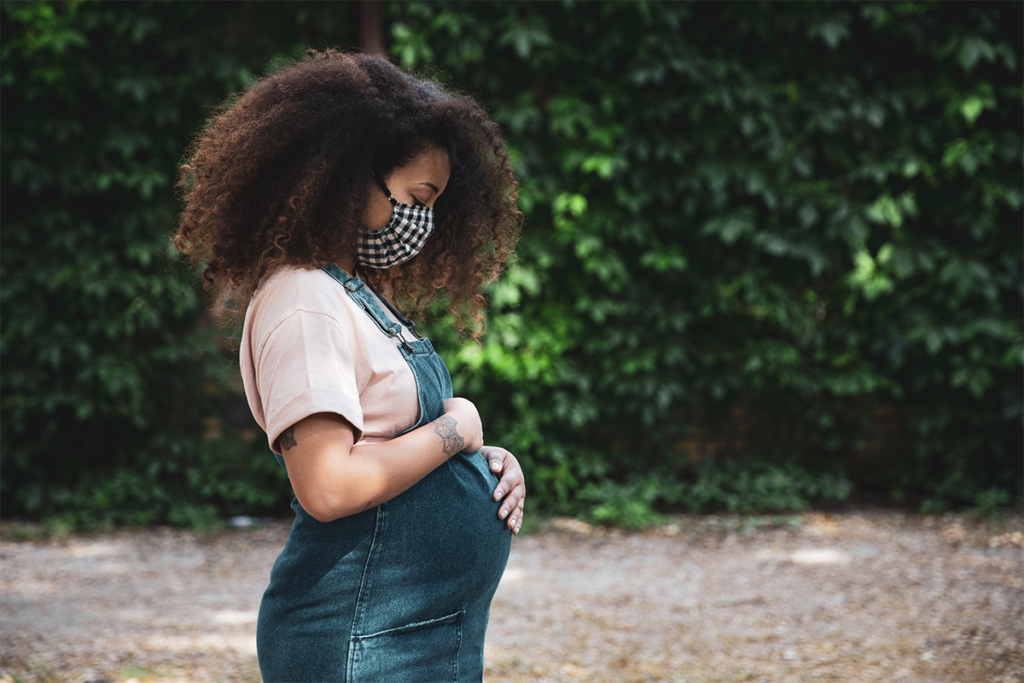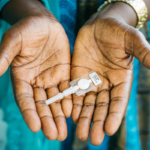The COVID-19 pandemic disproportionately affects women. For example, women have been more likely to lose their jobs and their access to health insurance. Researchers from the Guttmacher Institute conducted a study to examine the pandemic’s impact on family planning and reproductive health experiences in the United States – and then compared those findings to related data from the financial crisis of 2008. The link between those two events may not be obvious at first but a closer analysis shows there are more similarities than not. In this post, I describe the methodology used in the study, summarize the findings and conclude with questions that I still have.
I’ll start out by noting that as a guy who grew up in a predominantly male household, I have absolutely ZERO knowledge on what goes into contraception planning for women. On the other hand, I have always been interested in the problems of minorities and women. Given recent events domestically and internationally, it is important more than ever to stay up to date with policies and events regardless if they affect you directly or not. So, when asked to write a post about contraception in celebration of World Contraception Day, I saw it as an opportunity to increase my knowledge of problems that do not necessarily affect me directly.
Study methods
Laura D. Lindberg, et al. (2020), surveyed 2,009 women using a web-based online data collection service by Qualtrics. The researchers recruited participants via email and social media using four criteria. The criteria were as follows: 1) the participants identified as a cisgender woman, 2) the participants were between the ages of 18 and 49, 3) the participants resided in the United States, and 4) the participants reported ever-having penile-vaginal sex. In order to assure that the survey had a diverse set of participants, the researchers used quota sampling which resulted in a multitude of different participants based on their race, ethnicity, region and age. The survey aimed to capture the participant’s feelings on topics ranging from fertility preferences to attitudes toward contraception use.
To analyze the data collected, researchers used Stata 16.0 in order to estimate bivariate logistic regressions between the subgroups. The researchers were able to conclude that all the differences reported were statistically significant at the p<0.05 level.
COVID-19 impacts on reproductive health: The findings
The researchers identified three core impacts of the pandemic on family planning and reproductive health care.
Fertility preferences
Factors like job security, financial stability and the current state of the economy affect women’s fertility preferences. It is therefore reasonable to suspect that fertility preferences changed during the COVID-19 pandemic. Lindberg et al.’s findings confirm this. The findings show over 40% of participants decided to either 1) delay childbearing as a result of the pandemic or 2) change their preferences on how many children they want to have as a result of the pandemic. To dive deeper, these changes were more common among women without children (45%) than among women who already had children (38%).
Access to contraception and care
Over half of all participants (52%) in the survey said that “they or someone in their household had lost their job or had had their work hours reduced because of the pandemic.” As a result, a women’s ability to access health care has changed. The survey findings confirm that women have been more likely to lose their jobs during this pandemic, which in turn decreased their access to work-related health care. Now, with everything in life, not every woman was affected the same. Lindberg et al. report that 42% of women who are financially worse off as a result of the pandemic had trouble accessing contraceptives or family planning and reproductive health care. Of the women not reporting that they were worse off, 29% still stated that they had trouble accessing contraceptives or care.
Attitudes toward contraception
Given what we have learned about the economic impacts of the pandemic on women and their ability to access health care, it should not surprise readers that the COVID-19 crisis has ignited a shift in attitudes toward contraception. Just over one-third (34%) of women agreed with the following statement, “Because of the COVID-19 (coronavirus) pandemic, I am more careful than I used to be about using contraception every time I have sex.” A higher percentage of agreement (49%) came from women who previously stated in the survey that they 1) wanted to delay childbearing and 2) have less children as a result of the pandemic. Among women who reported that they did not want to delay childbearing or have less children, roughly one-quarter (26%) still agreed with the statement.
Comparing impacts during COVID-19 to the financial crisis of 2008
The COVID-19 pandemic and financial crisis of 2008 both saw dramatic job losses and significant financial uncertainty. It then makes sense for researchers to compare the two events. Lindberg et al. show that 25% of women were not able to afford their birth control during COVID-19. By comparison, 23% of women were not able to afford their birth control during the financial crisis of 2008. Where the two events differ however is on women’s attitudes toward contraceptives. By attitudes toward contraceptives, I mean their attitudes toward delaying childbearing and having fewer children. The financial crisis of 2008 saw 29% of women change their attitude toward contraceptives while 39% of women shifted their thoughts on contraceptives as a result of the COVID-19 pandemic. In addition, there is a much higher concentration of women (39%) who have reported difficulties accessing contraceptives or family planning and reproductive health care as a result of the pandemic than women (24%) that reported similar difficulties during the global financial crisis.
My final thoughts
As I mentioned previously in this post, this topic is something I had slim-to-no knowledge of prior to reading this report. Just browsing LinkedIn and seeing various news headlines, I had become aware that the pandemic was disproportionately affecting women, but I never thought to examine just how detrimental the pandemic has been from a reproductive standpoint.
Regarding things I would like to research more, I would like to know the economic impacts on the LGBTQ+ community and other racial minorities. When talking about the economic impacts of the pandemic, the Guttmacher study focused more on socioeconomic factors, and less about race, ethnicity and sexual orientation. Just as the pandemic has disproportionately affected women, it has also disproportionately affected minorities.
The last topic that I would like to explore further would be potential ways of making sure women have access to quality health care services. Have state or federal governments instituted any policies or provisions to protect those women who have lost access to their health care due to job loss or a reduction in hours? If not, have there been any discussions surrounding it?
Photo credit: Leo Patrizi/Getty
*The researchers asked participants to report sexual orientation using these categories: heterosexual or straight, gay or lesbian, bisexual and other. They combined all responses – other than “heterosexual or straight” – into a single “queer” category.



